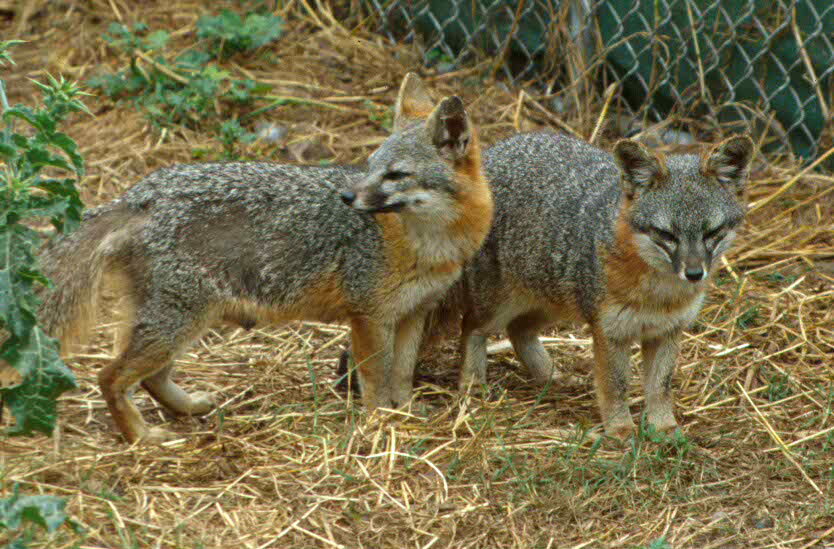
Seeing that all current responses on my blog are in Japanese. I'll assume that most of my AP students are over-enjoying their summer. This blog has to do with my mild obsession with fungi.
I remember in high school, a friend of mine considered advocating vegetarianism and judiciously split vegetarianism into 3 categories: vegetarians who ate vegetables as well as egg and milk products, vegans who ate only vegetable products, but no milk or egg products and finally, the fruitarians people who did not consume entire vegetables, but only ate leaves and fruit. I feel that fruitarianism would ultimately be deleterious to the human body seeing that even diligent vegetarians have issues obtaining the vitamin and nutrients needed to maintain a healthy body. There are ways that the body responds to lack of nutrition in order to maintain homeostasis, and this can involve: hair loss, flaky skin, stunted growth, and sterility.
But I digress, I was talking about fungus.
WELL fungus is not animal nor vegetable. Fungus, on the tree of life has it's own branch completely separate from plants. Now I know as you're fastidiously reading this blog you're wondering "WHERE is Ms. Feucht going with this?"
Fungus is a higher form of organism than a plant. It is heterotrophic and would die if it didn't have something else to consume. This means it can be any level of consumer on the food chain. Therefore, if a person is going to give up meat, it is only logical that the next step is to give up the various forms of fungi found in foods like mushrooms and yeast products (like bread and beer). Fungus is actually more closely related to animals than to plants. In addition to being a heterotroph, it also contains chitin.
Do you know what else has chitin? I should make this a bonus question and offer a thousand extra credit points for it. But in the age of instant information I'm going to offer 5 points. And a prize if you can tell me the relationship between fungus and other organisms that have chitin.
Anyways, I have also been obsessing over "Scrubbing Bubbles" bathroom cleaner. I've been surveying my shower for the past couple days and have divided it into regions of two separate mold environments. (Yes, your biology teacher does this in her spare time). On the end opposing the spray of water there is a black mold. A pinkish mold has spread over the region beneath the faucet. The compete for different areas I believe because they have adaptations that allow them to flourish in different areas.
For this assignment I want you to create a hypothesis as to explaining why this trend is so.
Take care and I look forward to seeing you in a couple weeks.
 What are the different parts of the lipid bilayer? Why is this comic funny?
What are the different parts of the lipid bilayer? Why is this comic funny?

